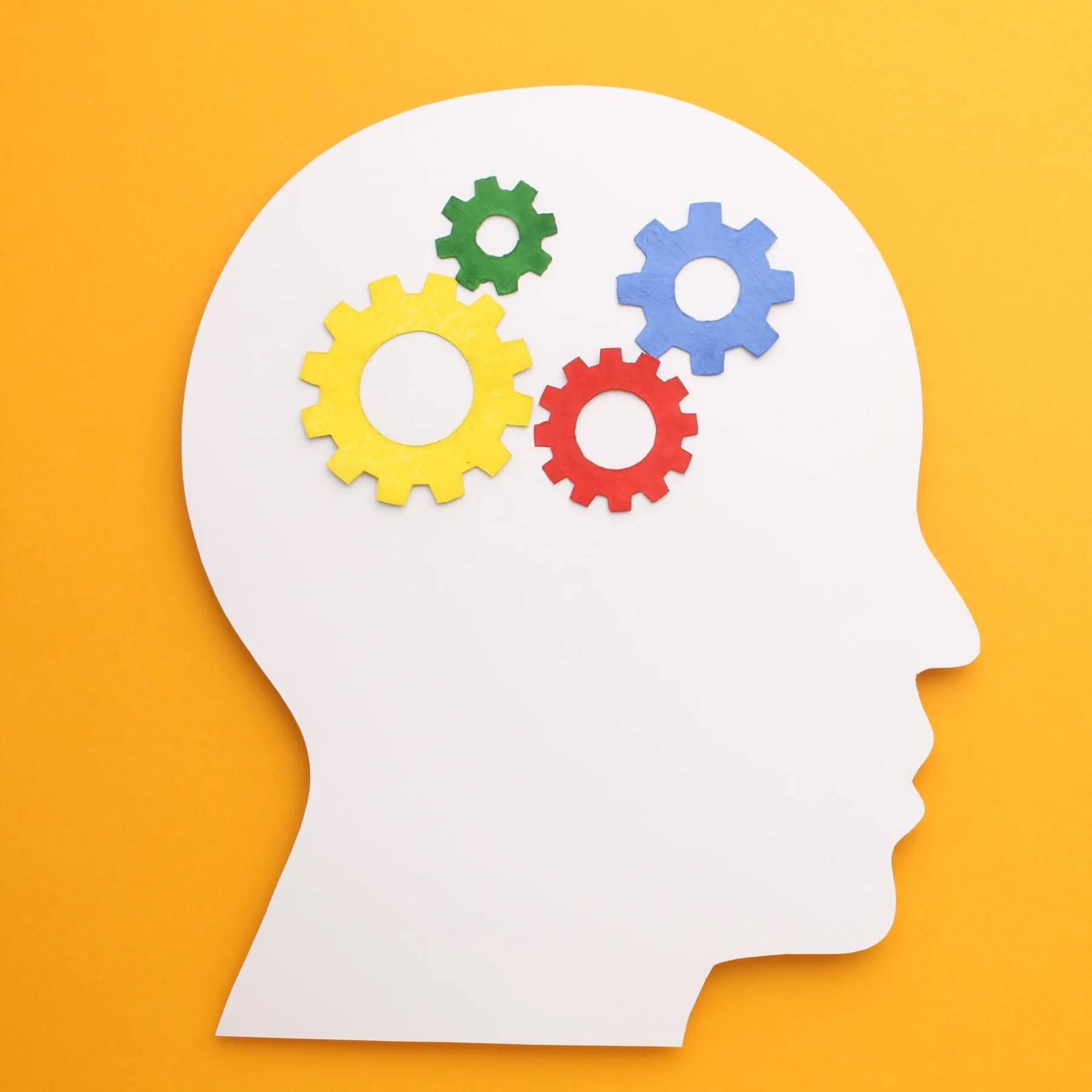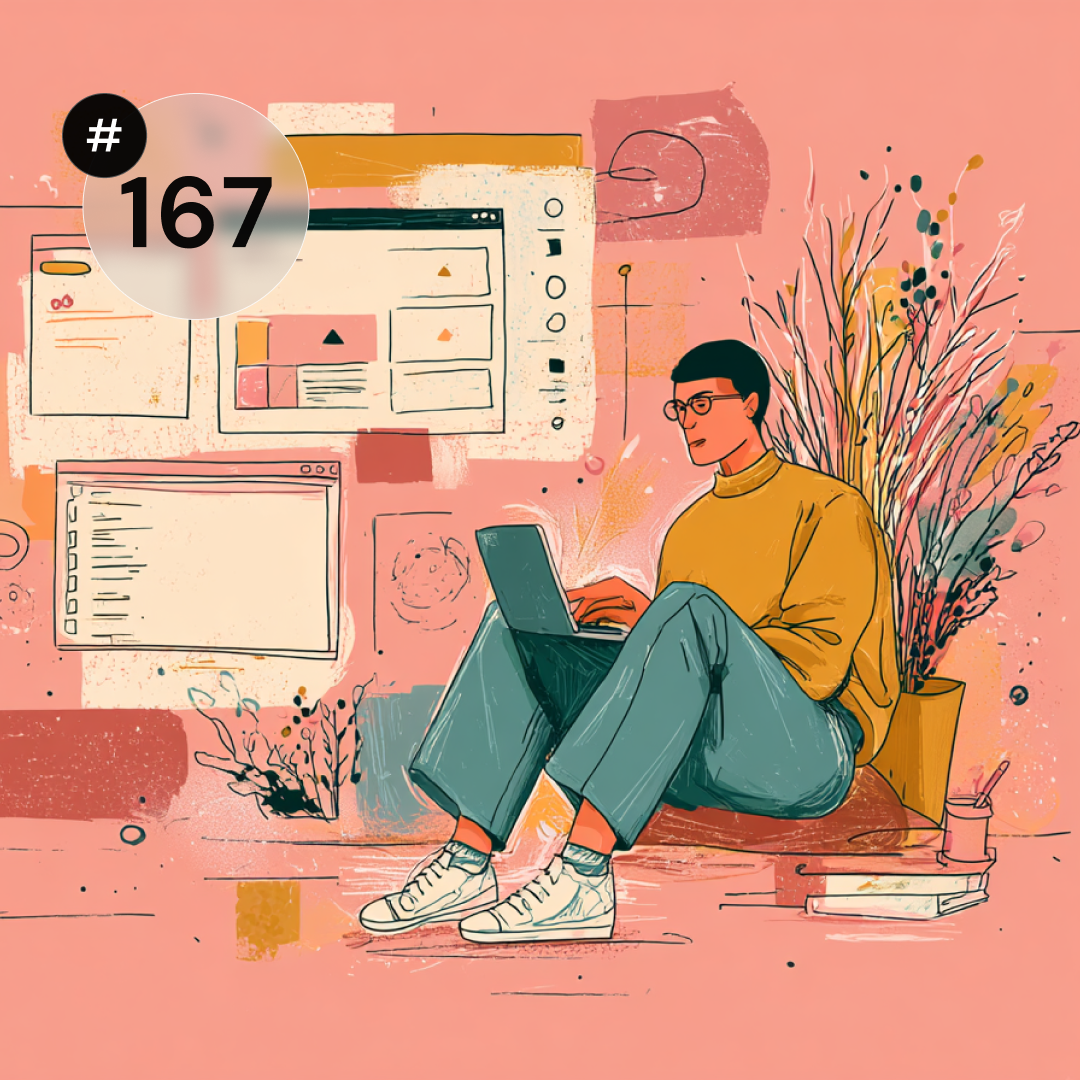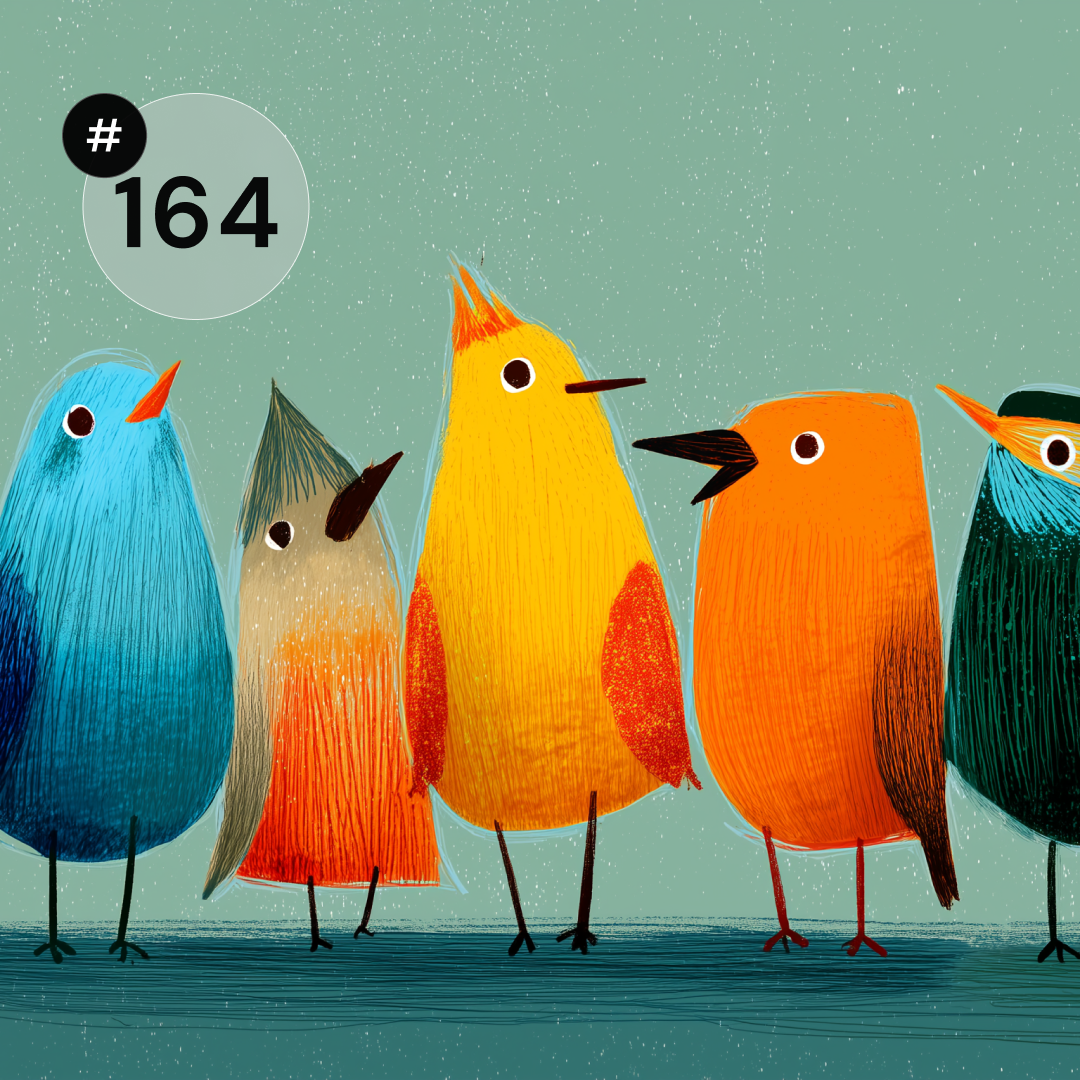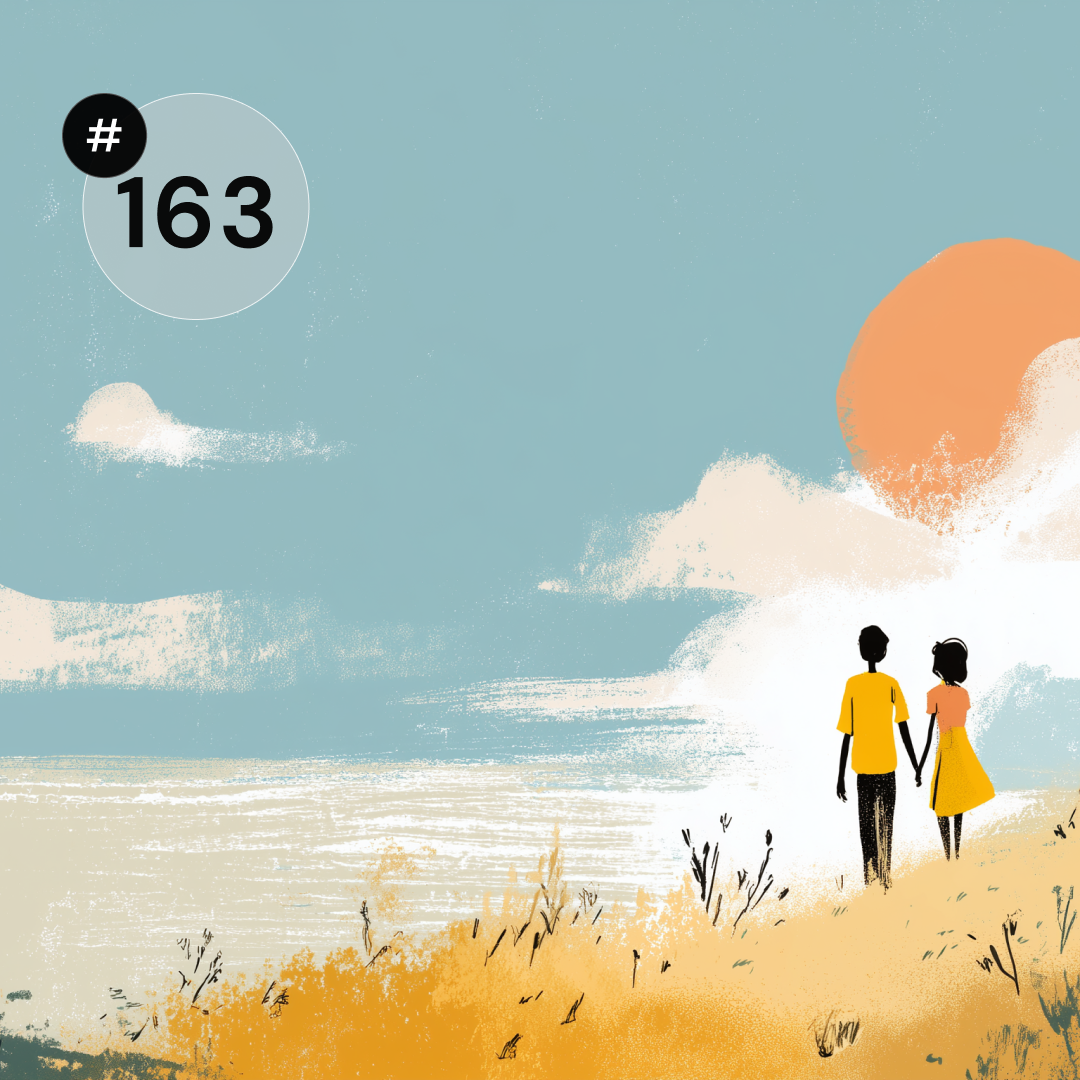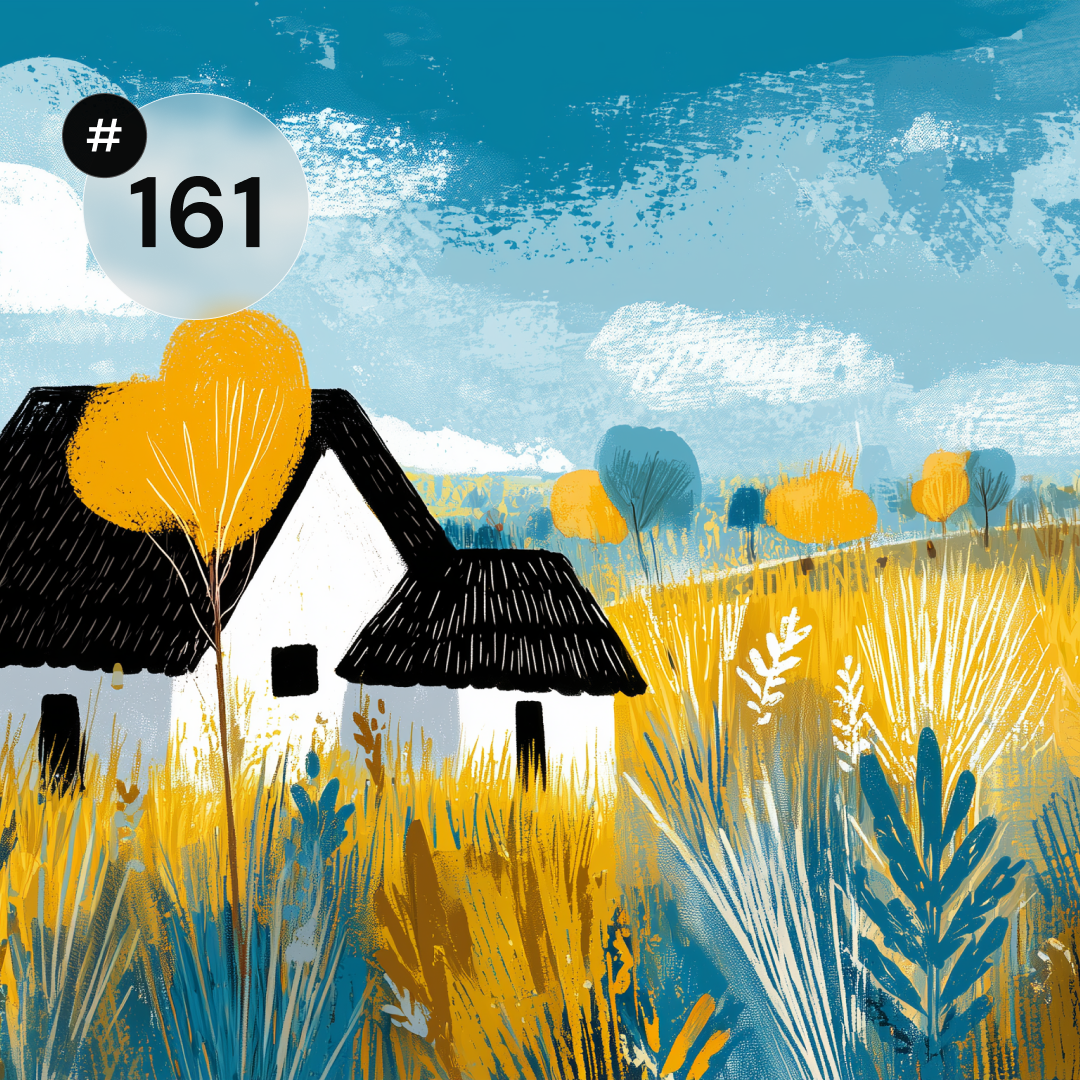Undoubtedly, in the last year a huge area of consumer behavior is undergoing a transformation. This does not leave without an impact on the expectations of online users and, consequently, the appearance and functioning of e-commerce stores. What's changing? Probably more than we expected!
1. New users in e-commerce
The restrictions and restriction related to COVID-19 have affected traditional trade. Many people who have not previously had online shopping experience, start their adventure with e-commerce. So let's welcome a new group of users (often reluctant and aged 60+). Let's make it easier for them to navigate the world of online shopping.
2. On-line services
It is no longer just about buying goods online. More and more businesses are offering their services online. Sometimes this forces the need to delineate new paths in communication with the user, such as Realità virtuale (VR) or Augmented Reality (OR).
3. Even more activity on your phone
A large part of our activities are done on the smartphone despite spending more and more time at home and accessing high-resolution screens. Mobile devices are more integrated with us (saved passwords, personalization) and we do not have to share them with other family members. This is a factor that has a great influence on the trends described in the following points.
4. iPhone as a gamechanger?
Last year, the iPhone 12 was released in several screen size variants. While designers are used to many resolutions in Android phones, the large variation in iPhone models could be a new challenge. From now on, store and app designs need to be even more flexible (fluid layout), more intuitive and readable for users.
5. First of all, navigation
Due to the factors described above, we can expect a shift in attention from contented for navigation. Larger menus, buttons on banners, clear and centrally placed search modules - this is not just a whim of designers, but an answer to the needs of a new audience in 2021.

6. Depth in graphics
2019 and 2020 were marked by a boom in Neumorfîzm. Now we can expect the continuation of this trend and thus look for its characteristics not only in buttons but also in illustrations and icons. Welcome to 3D Illustrations!

https://www.yaya.co/
7. Traffic and animation - not just on the page
We spend more and more time on the pages of online stores and do not want to be bored there. Microinteractions at the click of a button, movable empty states whether the traffic when scrolling the page is the basics. We can expect more gifs, time-lapse videos and videos in the content (min. listing products) but also in mailing. The “Buy Now” button on the moving graphics - this should no longer surprise us.
8. Large photographs
Size and quality - these are the two main factors affecting the perception of product photography. And it is she who is supposed to convince the user to buy. So let's pay more attention to how we display them. Let's remember that navigation is also gaining importance so the layouts themselves will become more dense.

https://femmeandfierce.nl/product/edison
9. Is it already a landing-page?
In some areas, the boundaries between the product card and landing page. We have more and more contented about the product and even more areas where we may ask for your attention (CTA). And this is yet another nod to personalization and adaptation of the mold to the needs and the long-awaited Storytelling.
10. Bold Typography
More and more typefaces available as Fonturi variabile, fun with retro typography and bold examples from recent years (Dropbox, Mailchimp) is an open path to using contrasting, serif or really wide and clear fonts in the layouts of e-commerce sites.

https://skinlabs-sticky.webflow.io/
What else can we expect? On the one hand, voices are heard that it is time for a voice interface. Others are waiting for the personalization of pages or heralding the end of stores (we will buy everything through social media). It will definitely not be boring!

